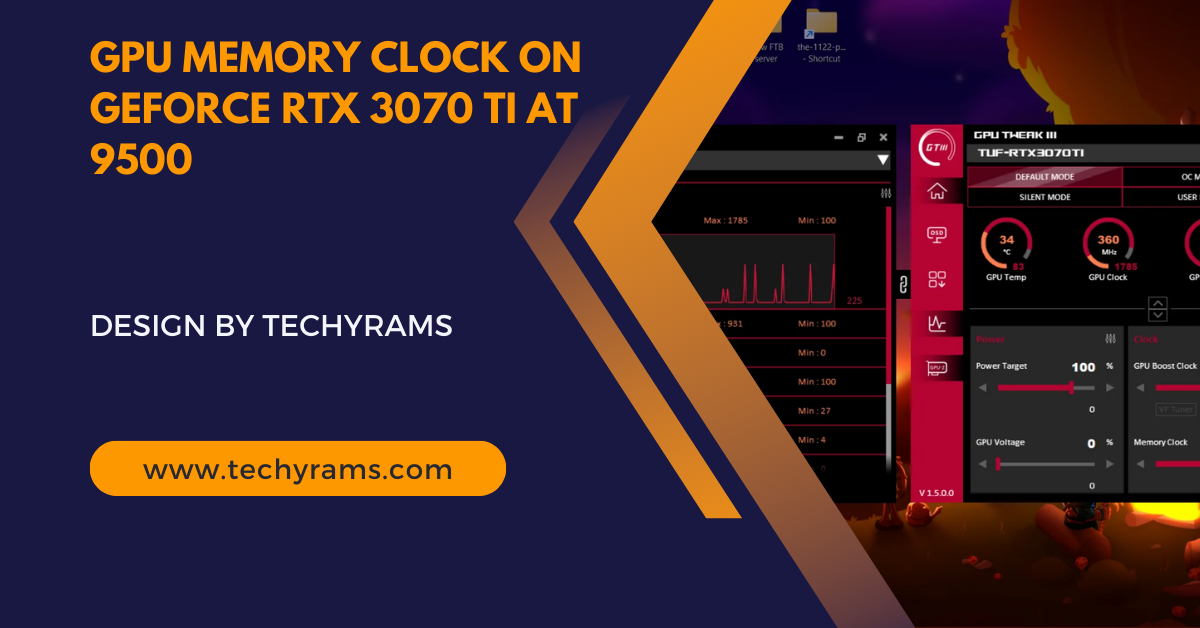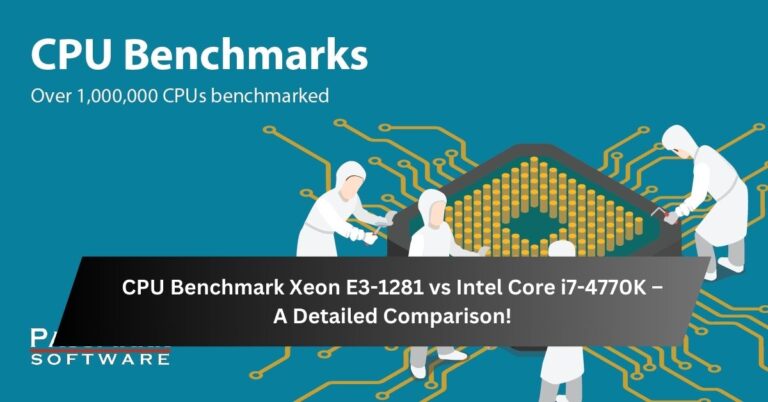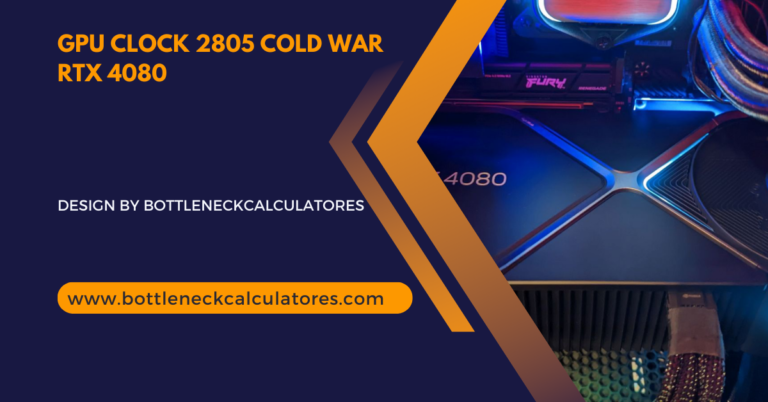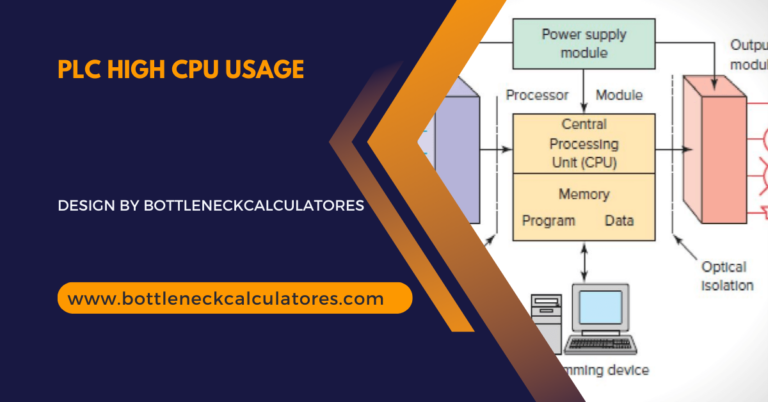Gpu Memory Clock On Geforce Rtx 3070 Ti At 9500 – Performance and Optimization Guide!
Table of Contents
Introduction
The GeForce RTX 3070 Ti is a powerhouse GPU designed for gamers and creators seeking top-tier performance. A key metric for understanding and optimizing its performance is the GPU memory clock, which directly impacts data transfer rates and overall efficiency. With a memory clock of 9500 MHz, the RTX 3070 Ti sets a benchmark for high-performance graphics.
This article explores the significance of the memory clock, how it influences performance, and tips to optimize it for the best results.
What Is GPU Memory Clock?
The GPU memory clock determines the speed at which the GPU communicates with its VRAM (Video RAM). A higher memory clock allows for faster data transfers, crucial for:
- Gaming – Rendering high-resolution textures and complex scenes.
- Video Editing – Processing large video files and real-time effects.
- 3D Rendering – Handling intricate designs and simulations.
For the GeForce RTX 3070 Ti, a memory clock of 9500 MHz ensures optimal performance in these demanding tasks.
The GeForce RTX 3070 Ti Memory Clock: Why 9500 MHz Matters
- Enhanced Data Bandwidth
- The 9500 MHz memory clock works with GDDR6X memory technology, delivering blazing-fast data transfer speeds.
- This ensures minimal lag and smoother performance in high-demand applications.
- Optimal Gaming Performance
- Games with 4K resolution and ray tracing require significant memory bandwidth. The RTX 3070 Ti’s clock speed ensures seamless gameplay.
- Efficient Workflow for Creators
- Tasks like 8K video editing and rendering become faster and more efficient, saving time and boosting productivity.
How the Memory Clock Impacts Performance
- Gaming: A higher memory clock translates to faster rendering of textures and assets, reducing load times and enhancing visual fidelity.
- Creative Workloads: For designers and editors, a fast memory clock means quicker previews, faster exports, and smoother multitasking.
- AI and Machine Learning: The memory clock supports computational tasks by ensuring rapid access to large datasets.
Tips to Optimize the RTX 3070 Ti Memory Clock
- Monitor GPU Performance: Use tools like MSI Afterburner or HWMonitor to track memory clock speed, temperatures, and load.
- Update GPU Drivers: Download the latest drivers from NVIDIA’s official website to ensure optimal performance and compatibility.
- Enable Overclocking: Use overclocking software to push the memory clock slightly beyond 9500 MHz for better performance, but ensure proper cooling.
- Manage Thermals: Keep your GPU cool with sufficient airflow, clean fans, and thermal paste replacements when needed.
- Adjust Power Settings: For demanding tasks, set power management to “Maximum Performance” in the NVIDIA Control Panel.
Troubleshooting Performance Issues
- Frequent Crashes: Could indicate overheating or unstable overclocking. Lower the memory clock and check cooling systems.
- Stuttering or Lag: Ensure the memory clock is stable and drivers are up to date.
- Reduced Clock Speeds: Check for thermal throttling or power management settings that may limit performance.
Why Choose the RTX 3070 Ti for High-Performance Tasks?
- Future-Proofing: With a memory clock of 9500 MHz, the RTX 3070 Ti is prepared for next-gen gaming and creative software.
- Ray Tracing: Supports realistic lighting, shadows, and reflections for an immersive experience.
- DLSS Support: NVIDIA’s AI-based rendering boosts performance without compromising visuals.
FAQs
Q1: What is the default memory clock speed of the RTX 3070 Ti?
The default memory clock speed for the RTX 3070 Ti is 9500 MHz, delivering excellent performance for most tasks.
Q2: Can I overclock the memory clock on my RTX 3070 Ti?
Yes, the RTX 3070 Ti supports overclocking, but ensure proper cooling and stability during the process.
Q3: How does the memory clock affect gaming performance?
A higher memory clock improves texture rendering, reduces lag, and enhances overall smoothness in games, especially at higher resolutions.
Q4: What tools can I use to monitor my RTX 3070 Ti memory clock?
You can use tools like MSI Afterburner, EVGA Precision X1, or GPU-Z to monitor and adjust the memory clock.
Q5: Does the RTX 3070 Ti’s memory clock support 4K gaming?
Yes, the 9500 MHz memory clock, combined with GDDR6X memory, provides sufficient bandwidth for smooth 4K gaming.
Conclusion
The GeForce RTX 3070 Ti with a memory clock of 9500 MHz stands as a benchmark for high-performance GPUs. Whether you’re gaming, designing, or rendering, this clock speed ensures top-tier efficiency and responsiveness. By understanding and optimizing the memory clock, users can unlock the full potential of their RTX 3070 Ti.
Stay updated with the latest drivers, monitor performance regularly, and explore overclocking options for an even better experience. The RTX 3070 Ti is not just a GPU; it’s a gateway to unparalleled digital performance.







